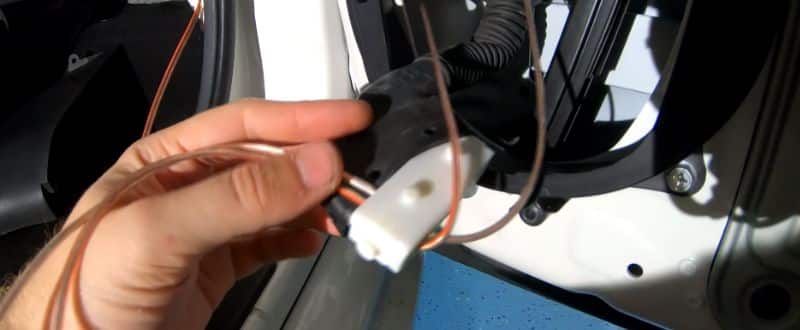While organizing your speaker wires, you might wonder whether can you run speaker wires next to electrical wires. And this is a big concern as there are opinions on both sides. I have explained the potential hazards of running those two wires together and shared some valuable insights to avoid such possible sound discomfort. You should know why this is probably not the smartest thought, and let’s dig into direct moves toward keeping up with clear and vivid sound.
Please have a quick glance at my next section to get a satisfactory answer.
In This Article
Can I Run Speaker Wires Next to Electrical Wires?
In short, I do not recommend you to run speaker wires and electrical wires side-by-side.
You can and may place electrical wires with the speaker wires. But there will be interference, especially if there are switching electronics on the power line.
Electrical wires carry current that can create electromagnetic interference (EMI). If you run speaker wires alongside electrical wires, interference can be picked up by the speaker wires. It will eventually induce noise and create distortions, affecting the sound quality.
If the connection is balanced (using XLR or TRS cables and connectors), noise induced by power wires can be effectively canceled out. In this scenario, routing isn't a significant concern, and you can run these wires close to power wires without worrying about noise.
However, if the connection is not balanced (using RCA cables or a mix of RCA and XLR/TRS), the interference from power cables won’t get canceled. Thus, it will generate a more evident effect on the sound experience, as the signal voltage is lower than in passive speakers. So, it's even more important to keep these wires away from power wires.
How Do I Route Speaker Wires and Electrical Wires In Car Audio?
When installing a car audio system, I advise you to properly route and separate speaker wires from electrical wires to avoid interference and ensure optimal sound quality.
In car audio systems, because of the limitations of space, it is often nearly impossible to keep electrical wires and speaker wires entirely separate. In such instances, follow my Pro Tips to avoid sound distortions.
Tip 1: Maintaining Minimum Distance
You may organize the speaker wires in a way that, they are at least 6 inches or 15 cm away from the electrical wires. It will minimize the probability of electrical interference and will protect against the distortion.
Tip 2: Crossing at Right Angles
When there are no other options than crossing their paths, try to cross them at a 90-degree angle. This reduces the length of the parallel run between the wires, which in turn reduces the chance of interference.
Tip 3: Using Shielded Cables
Consider using shielded cables for your speaker wires. This can help protect the audio signals from any electromagnetic interference from nearby power wires.
Tip 4: Alternating the Wire Route
Route speaker wires away from major sources of electrical interference like the alternator, power distribution blocks, or any high-current carrying wires.
Tip 5: Purchasing High-Quality Wires
Invest in good quality speakers and power wires. Higher-quality cables often have better shielding and are designed to reduce the risk of interference.
The EndNote
While running speaker wires next to power wires won't damage your audio equipment, it can influence sound quality, especially if the wires are unbalanced or feed passive speakers. For the best audio experience, it's recommended to separate these wires when possible or use balanced connections where interference issues are less of a concern.
I hope it answers whether can you run speaker wires next to electrical wires. If you want to know more about the differences between Speaker wires and Electrical wires, then read this article.

My passion for automotive mechanics began in my father’s garage. Today, I co-own a local car service agency and write for CarAudioHunt to help readers with car audio and vehicle upgrades. With years of hands-on experience, I offer expert guidance for both DIY enthusiasts and beginners.
